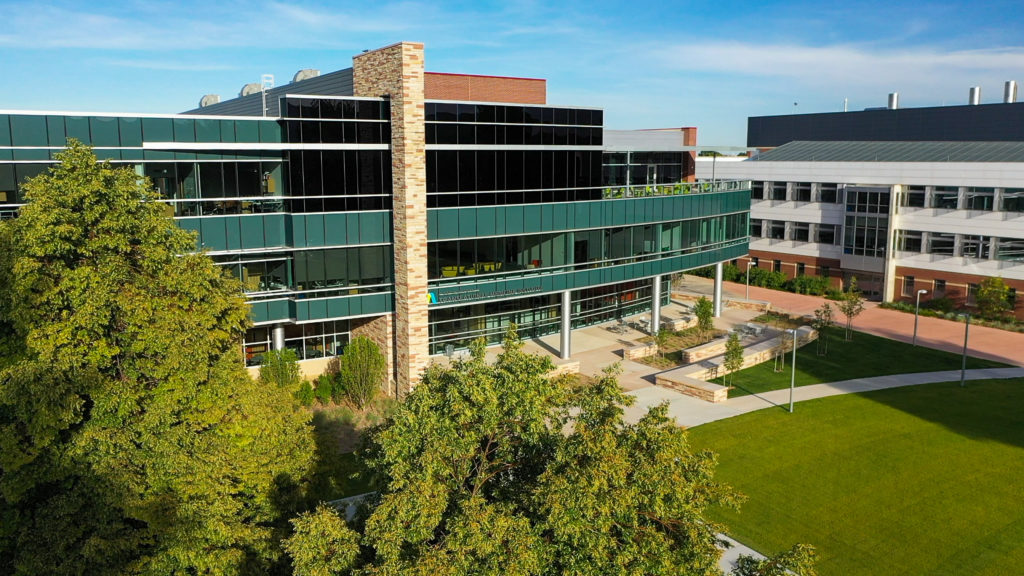
The Orthopaedic Research Center began as a multidisciplinary equine program dedicated to finding methods to treat and prevent equine musculoskeletal disease and injury. Prior to 1984, the program’s research was primarily clinical. During this time, many of the techniques for arthroscopic surgery were developed and optimized at CSU and these techniques were used to treat joint problems more effectively and, further, enable continued athletic function of equine athletes. We also identified and defined a number of new clinical conditions and documented some of the best methods for diagnosis and treatment for musculoskeletal conditions.
The goals of our program are summarized in our research focuses. As we developed arthroscopic surgical techniques to treat these clinical conditions, we identified limitations in terms of secondary osteoarthritis and articular cartilage loss, and this led into phase two of our program of finding solutions through scientific research. A major goal of the program has always been to find solutions to musculoskeletal problems, especially joint injuries and arthritis. As clinicians, clinician scientists and/or basic science researchers, we strive to offer the best possible treatment of clinical cases with continual and critical assessment of the results, which are then used to modify treatments and direct the research toward disease prevention. The program’s goals are to use state-of-the-art research techniques to find new methods to rehabilitate musculoskeletal injuries specifically damaged joints, tendons, and bones, to prevent or decrease the occurrence of joint disease and musculoskeletal injuries. We strive to improve methods of early detection, develop better treatments to prevent permanent damage to injured joints and validate manual therapies and rehabilitation techniques.
The Orthopaedic Research Center collaborates closely with the Orthopaedic Bioengineering Research Laboratory and we often function as a single unit. These two units, along with the Preclinical Surgical Research Laboratory and Orthopaedic Oncology, make up the Musculoskeletal Research Program at CSU. Collaborations with the Walter Scott, Jr. College of Engineering, School of Biomedical Engineering, as well as the Department of Health and Exercise Science, have bolstered our research strengths. In recent years, considerable human-based funding, Orthopaedic Foundations, National Institute of Health, Department of Defense, and corporate grants, have added to our support.
Another significant addition to the Orthopaedic Research Center has been the development of the equine ambulatory sports medicine service and an Equine Sports Medicine and Rehabilitation Residency Program. This followed the accreditation of the new American College of Veterinary Sports Medicine and Rehabilitation specialty and four of our faculty being made Charter Diplomates. We quickly developed an Equine ACVSMR residency program and have added four Diplomates (board certified in American College of Veterinary Sports Medicine and Rehabilitations (equine specialty) to make us the largest equine sports medicine and rehabilitation program in the US. This has led to both considerable clinical and research advancements in the rapidly emerging field.
In 2016 we achieved funding of $70 million to build the C. Wayne McIlwraith Translational Medicine Institute. This building came to fruition in 2018 and the Orthopaedic Research Center program moved in to the Translational Medicine Institute at that time. The Gail Holmes building became home to the Equine Sports Medicine and Rehabilitation Center led by Dr. Melissa King. The Translational Medicine Institute is going to take us to a new level of orthopaedic research in translational musculoskeletal research (as well as allied areas of biologic therapies and stem cell research), doing what we have always done for horses but greatly expanding our efforts in human musculoskeletal disease. This is made possible by a lead gift of $40.5 million from John and Leslie Malone for the building (an additional $10 million in operating funds), $10 million from CSU and the $20 million matching gift from Princess Abigail K. Kawãnanakoa of Hawaii.